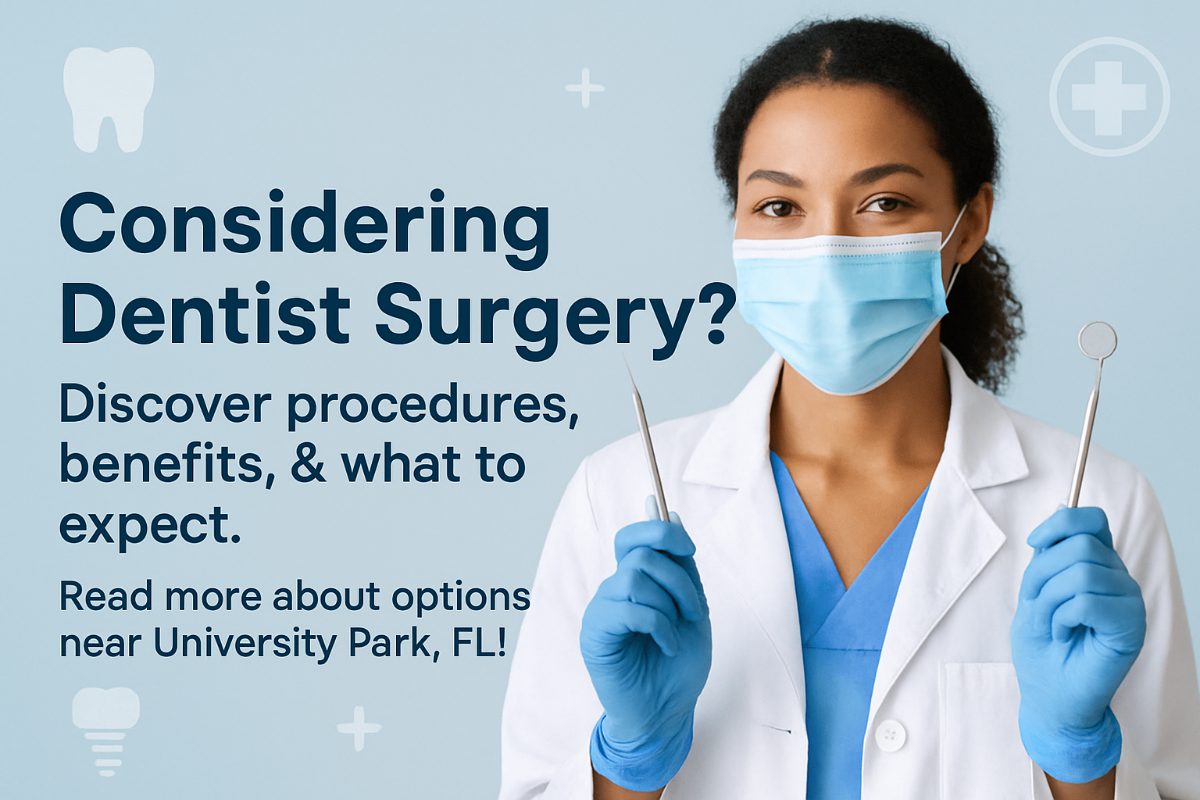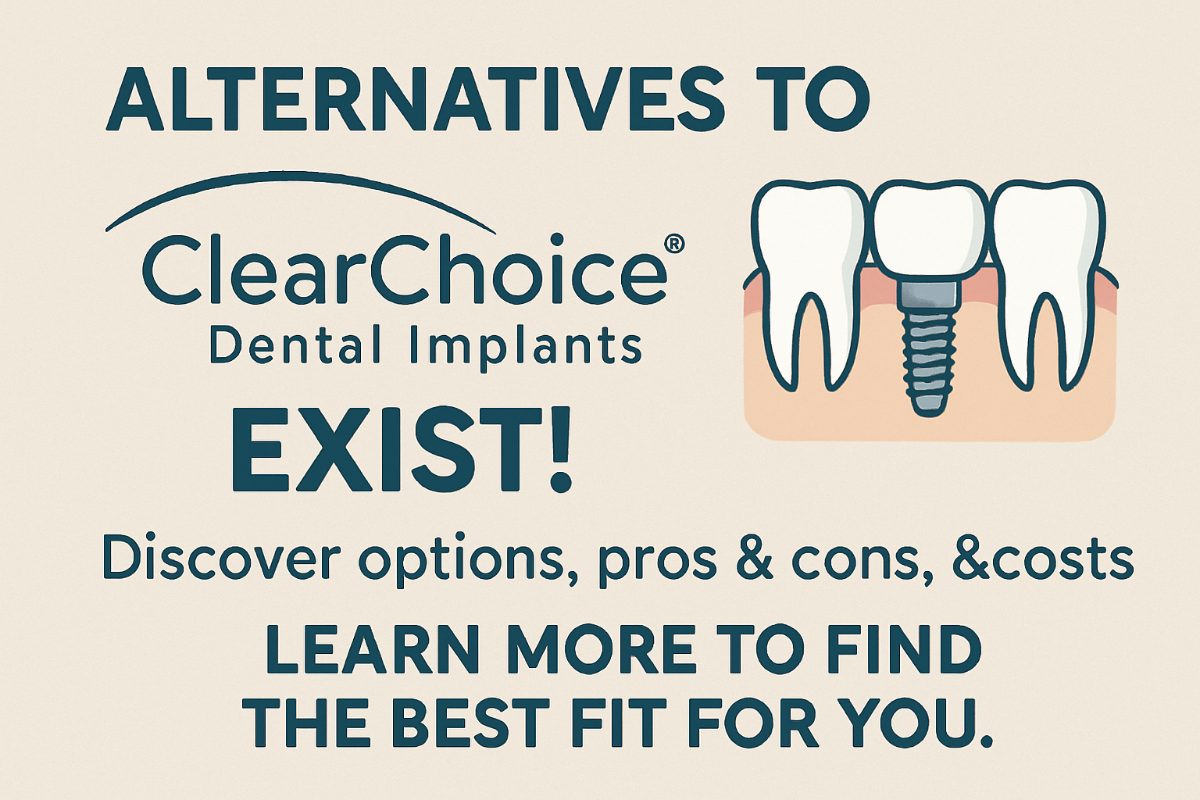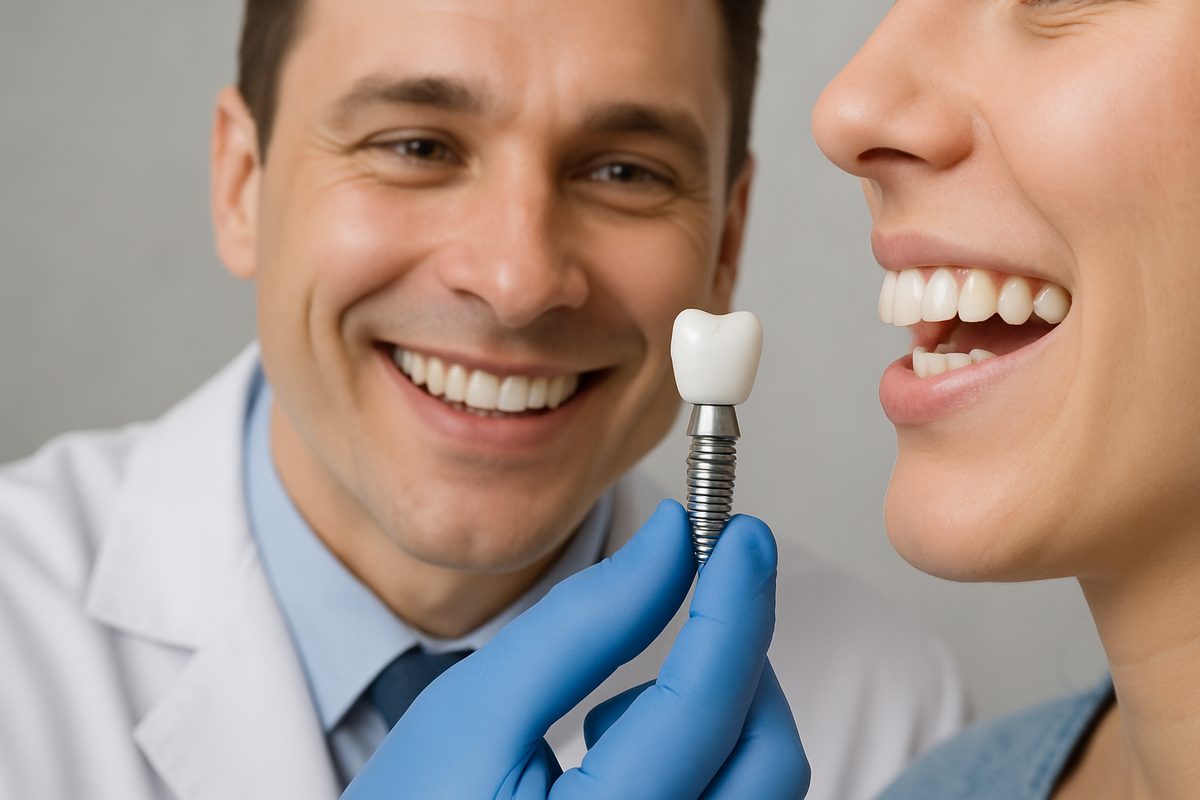blog - [City], [state]
Tips, Facts, And The
Latest In Dentistry

Explore Missing Tooth Options: Dental Implants By University Park, FL
Posted in Dental Implants

Losing a tooth is common — decay, injury, or gum disease can all cause it. Exploring safe, long-term missing tooth options matters because the right choice affects chewing, speech, bone health, and how your smile looks. This post compares pros and cons, explains what affects your choice, and gives clear next steps for patients considering treatment.
Understanding your missing tooth options
Most people face four basic paths: do nothing, get removable dentures, use a fixed bridge, or choose dental implants. Doing nothing can lead to shifting teeth and bone loss. Removable dentures restore appearance but can be unstable. Fixed bridges replace teeth but often require grinding nearby teeth. Dental implants replace the root and the crown, preserving bone and giving the most natural feel. Implants are often recommended for long-term function and health.
Common missing tooth options By University Park, FL: quick overview
Single-tooth dental implant
A single implant replaces one tooth with a titanium root and a crown. Benefits include natural look, strong chewing, and bone preservation. Timeline usually includes consultation, implant placement, a healing period (often 3–6 months), then the final crown.
Implant-supported bridge
Used when multiple adjacent teeth are missing. Instead of putting an implant for each tooth, two or more implants support a bridge. Pros: fewer implants than single restorations and strong support. Cons: higher cost than a traditional bridge and requires enough bone where implants go.
Removable partial denture
Lower cost and quicker to get. Partial dentures clip onto remaining teeth and replace missing ones. They’re removable for cleaning but can be less stable and less comfortable than implants.
Fixed dental bridge
A bridge attaches to neighboring teeth that are shaped to hold crowns. It looks good and works well short term. Downside: healthy adjacent teeth must be altered, and it doesn’t stop underlying bone loss.
Full-arch (All‑on‑4 / All‑on‑X) implants
Best for many missing teeth or failing full arches. Several implants support a whole upper or lower set of teeth. Benefits include strong chewing, fixed teeth, and improved facial support. Candidates need overall health that allows surgery and enough bone or options like grafting or zygomatic implants.
What factors influence which missing tooth options are best?
Oral health and bone volume
Gum disease and bone loss limit options. Implants need enough bone or must be combined with bone grafting or advanced options. Treating infection first is essential.
Number and location of missing teeth
Missing a front tooth often has different aesthetic priorities than a back tooth. Multiple missing teeth may favor implant bridges or full-arch solutions.
Medical history and anesthesia needs
Conditions like diabetes, smoking, or medications that affect healing change planning. Some patients prefer IV sedation or general anesthesia for comfort during implant surgery.
Budget, insurance, and timeline
Short-term cost and long-term value differ. Dentures cost less up front but may need replacement or cause bone loss over time. Implants cost more initially but often last longer. Many practices offer financing, and some plans cover parts of treatment.
Preparing for implant-based missing tooth options By University Park, FL
Preparation steps include removing failing teeth, treating gum disease, and sometimes bone grafting. A CT scan and digital planning map the ideal implant positions. Digital workflows let doctors plan precisely and show you a predictable outcome. IV sedation and other anesthesia options help patients stay comfortable during surgery.
What to expect during and after treatment
Procedure timeline
Typical steps: consultation and imaging, surgical placement of implants, healing time, and then placement of the final restorations. Healing can take weeks to months depending on case complexity.
Recovery and follow-up
Expect some swelling and mild pain for a few days. Follow instructions for diet and oral care. Most people return to normal function gradually over weeks as healing progresses.
Long-term maintenance
Implants require regular brushing, flossing, and dental checkups. With good care, implants can last many years and often for life.
How to afford missing tooth options near University Park, FL
Insurance may cover parts of treatment but often has limits. Many offices offer in‑house financing, payment plans, or work with third‑party lenders. An on-site lab or bundled treatment packages can reduce costs and speed up care.
Why a coordinated prosthodontist + oral surgeon team helps with complex missing tooth options
A team approach combines surgical skill and restorative planning. At Speranza Dental Implant Centers, a prosthodontist and an oral surgeon collaborate using a fully digital workflow and an on‑site lab. This coordination improves precision, reduces surprises, and often shortens treatment time while focusing on comfort and predictable results.
Next steps: Choosing the right missing tooth option By University Park, FL
Bring recent X-rays, a list of medications, and your goals to a consultation. Ask about estimated cost, timeline, anesthesia choices, alternatives, and who will handle your follow-up care. If you want a predictable, long-term solution, schedule a consult to review personalized missing tooth options By University Park, FL and find the best plan for your smile.




